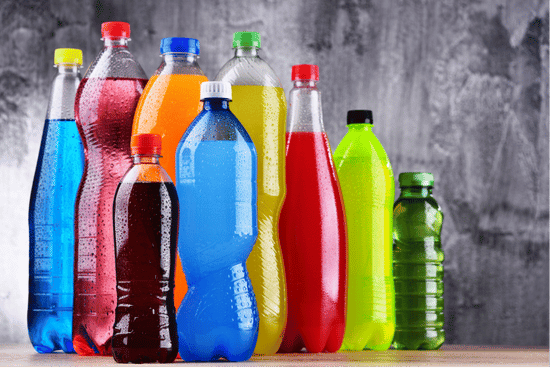
Properties and Overview of PET (Polyethylene Terephthalate)
Overview:
 PET (Polyethylene Terephthalate) is a versatile thermoplastic polymer widely recognized for its strength, durability, and excellent barrier properties. As a member of the polyester family, PET is extensively used across industries such as packaging, textiles, and electronics due to its lightweight nature, chemical resistance, and recyclability. Its unique mechanical performance and environmental sustainability balance have made it one of the most widely used polymers globally.
PET (Polyethylene Terephthalate) is a versatile thermoplastic polymer widely recognized for its strength, durability, and excellent barrier properties. As a member of the polyester family, PET is extensively used across industries such as packaging, textiles, and electronics due to its lightweight nature, chemical resistance, and recyclability. Its unique mechanical performance and environmental sustainability balance have made it one of the most widely used polymers globally.
Production:
The production of PET involves the polymerization of ethylene glycol and terephthalic acid (or its dimethyl ester) through a condensation reaction. The resulting polymer is then processed into fibers, sheets, or pellets, which can be further shaped through injection molding, extrusion, or blow molding. PET can also be modified to enhance specific properties, such as thermal resistance or impact strength, expanding its application range. One of its key advantages is its recyclability, as PET can be melted down and reformed into new products multiple times without significant degradation in quality.
Applications:
PET is most prominently used in the packaging industry, where its transparency, strength, and ability to form an airtight barrier make it ideal for bottles, food containers, and films. Its lightweight nature and impact resistance also reduce transportation costs and enhance safety. In textiles, PET is spun into fibers known as polyester, which are used in clothing, upholstery, and industrial applications due to their durability and resistance to stretching and shrinking. The electronics industry employs PET as a substrate for flexible printed circuits and insulating films, where its dielectric properties are critical. Additionally, PET is used in engineering applications, such as automotive components and 3D printing filaments, where its mechanical and thermal properties provide reliable performance.
Summary:
Polyethylene Terephthalate is a highly adaptable and sustainable polymer that meets the needs of diverse industries. Its strength, lightweight characteristics, and recyclability ensure its continued relevance in addressing modern manufacturing challenges and environmental considerations. As industries innovate and expand the use of recycled materials, PET remains a cornerstone material driving progress in packaging, textiles, and beyond.
See a comprehensive list of electrical, mechanical, physical and thermal properties for PET (Polyethylene Terephthalate) below:
Electrical Properties of PET (Polyethylene Terephthalate)
Unfamiliar with a property? Click it's description to be given a full definition in the GLOSSARY
See properties and overview for
ALLOYS and CHEMICAL ELEMENTS
popular in engineering
Require different units not displayed?
CONVERT VARIOUS UNITS HERE
Mechanical Properties of PET (Polyethylene Terephthalate)
Unfamiliar with a property? Click it's description to be given a full definition in the GLOSSARY
See properties and overview for
ALLOYS and CHEMICAL ELEMENTS
popular in engineering
Require different units not displayed?
CONVERT VARIOUS UNITS HERE
Physical Properties of PET (Polyethylene Terephthalate)
Unfamiliar with a property? Click it's description to be given a full definition in the GLOSSARY
See properties and overview for
ALLOYS and CHEMICAL ELEMENTS
popular in engineering
Require different units not displayed?
CONVERT VARIOUS UNITS HERE
Thermal Properties of PET (Polyethylene Terephthalate)
Unfamiliar with a property? Click it's description to be given a full definition in the GLOSSARY
See properties and overview for
ALLOYS and CHEMICAL ELEMENTS
popular in engineering
Require different units not displayed?
CONVERT VARIOUS UNITS HERE
 ADDED TO MY FAVORITES!
ADDED TO MY FAVORITES! REMOVED FROM MY FAVORITES!
REMOVED FROM MY FAVORITES!